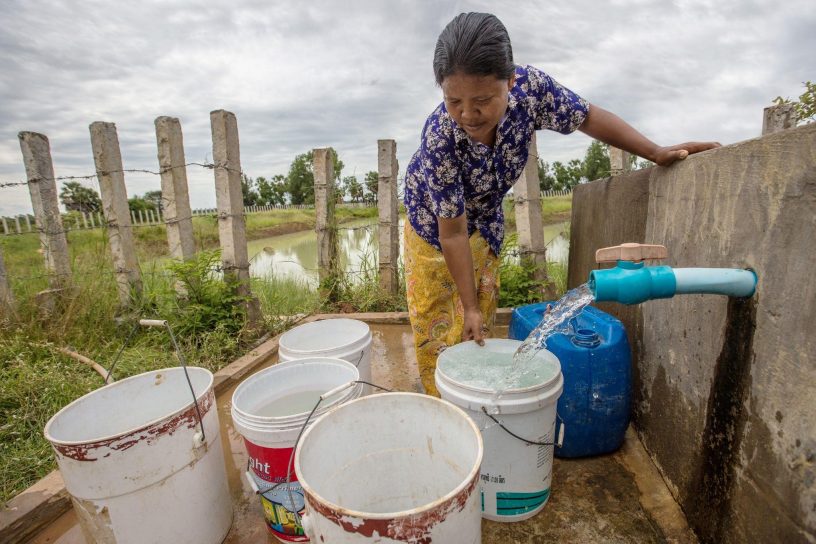
Source: Flickr
Kerala, Karnataka as well as states in the north-eastern parts of the country are lagging in achieving optimum operational performance of rural water supply services in India, finds a study by JGU researchers.
Authors:
Sriroop Chaudhuri, Center for Environment, Sustainability and Human Development, Jindal School of Liberal Arts and Humanities, O.P. Jindal Global University, Sonipat, Haryana.
Mimi Roy, Center for Environment, Sustainability and Human Development, Jindal School of Liberal Arts and Humanities, O.P. Jindal Global University, Sonipat, Haryana.
Louis M. McDonald, Davis College of Agriculture, natural resources and Design, West Virginia University, Morgantown, WV, USA.
Yves Emendack, U.S. Department of Agriculture-Agricultural Research Service (ARS), Lubbock, TX, USA.
Summary
To assess how the rural water supply services are performing in India, the researchers obtained data on habitation-level coverage, aggregated by states between 2013 and 2018, were obtained from the National Rural Drinking Water Programme (NRDWP) database, against two water supply norms, namely, 40 lpcd and 55 lpcd (litres per capita per day).
Results indicate that certain states are faring better (providing full coverage to over 90% habitations) while others are lagging (e.g., the north-eastern region, and Kerala and Karnataka in the South, for both norms).
Several states yet fail to provide 55 lpcd to over half of their rural habitations. Overall, RWSS is marked by high spatial heterogeneity, inequality and recurrent slip-backs (decline in year-to-year habitation coverage) that thwart the basic motto of NRDWP—Har Ghar Jal (Water for All).
Ground-level experience reveals a mismatch between theoretical systems’ output (40 lpcd and 55 lpcd) and on-site delivery, and highly intermittent services. Moreover, frequent scheme failure/abandonment adds to systems’ uncertainties and water users’ plight.
A multitude of operational/organisational flaws, associated with government waterworks bodies, at different levels of systems’ hierarchy, limit RWSS operational performance.
To that end, the concluding section argues for a demand-driven RWSS model (bottom-up systems’ governance) and highlights the core tenets of the same that call for integration of environmental, social, cultural, ethical and political perspectives in RWSS systems’ thinking/design.
Published in: International Journal of Rural Management, Volume: 16 issue: 2
To read the complete research paper, please click here


